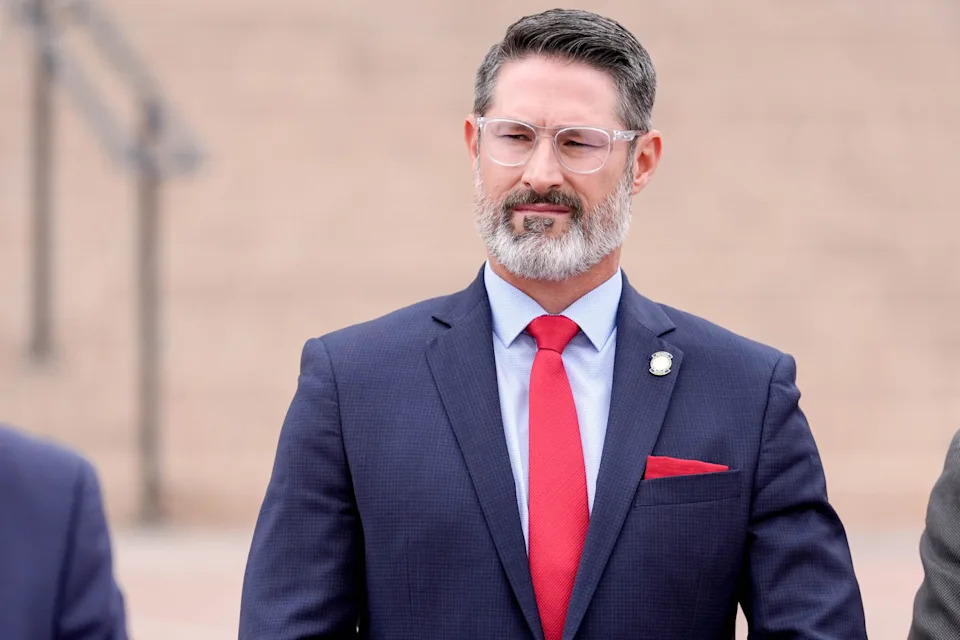Based on 30-year data, an average Atlantic hurricane season has 14 named storms. But back in 1983, the hurricane season only produced four storms, the lowest number of any hurricane season in the era of weather satellites. One of these was a billion-dollar disaster, making landfall in the U.S. on this day in history.
Hurricane Alicia, the first named storm of the 1983 season, made landfall as a Category 3 hurricane near Galveston, Texas, in the early morning of Aug. 18. The storm intensified from a tropical depression in the northern Gulf of Mexico to making landfall as a Category 3 hurricane in only 67 hours.
Sustained winds on land reached 97 mph with gusts up to 125 mph, shattering windows in downtown Houston skyscrapers. These windows were built to withstand hurricane-force winds but not impact from debris. Shards of glass easily became deadly missiles to those nearby.
Storm surge was one of the biggest impacts from Alicia. Surges of up to 12 feet pushed into land along Galveston Bay. The storm surge caused the public beach boundary at Galveston's West Beach to move back 150 feet.
Not only were high winds and storm surge concerns from this hurricane, but there were also at least 23 reported tornadoes during Alicia. Luckily, most were small tornadoes, rating F0 on the Fujita Scale. But the strongest tornado was rated at F2 with winds in the range of 113 to 157 mph.
Tons of trees in the Houston area were lost due to Hurricane Alicia. Soaking rains in the weeks ahead of the hurricane resulted in highly saturated soils, causing trees to be easily blown down.
Alicia caused $9.5 billion (adjusted to 2024 dollars) in damage in the U.S. and claimed 21 lives.

Miriam Guthrie graduated from the Georgia Institute of Technology with an undergraduate degree in Atmospheric and Oceanic Sciences and is now a meteorology intern with weather.com before returning to school for her master's.








Comments